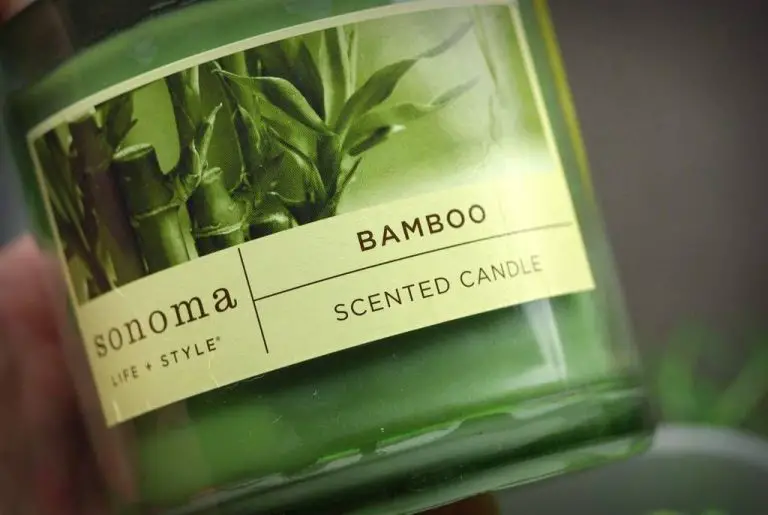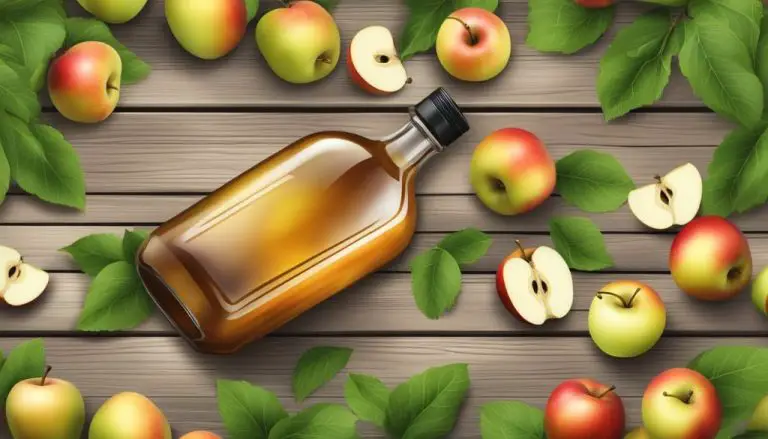What Fragrance Note Is Amber?
Fragrance notes refer to the individual scents that make up a perfume’s composition. The most common fragrance notes include floral notes like rose and jasmine, fruity notes like peach and raspberry, musk notes that provide depth and sensuality, and fresh notes like freesia and bergamot. Understanding fragrance notes allows perfume lovers to identify the elements that draw them to certain scents.
One intriguing fragrance note that is found across many different perfumes is amber. Amber is a versatile base note beloved for its sweet, warm, and slightly powdery scent. It adds rich depth and texture to perfume compositions, blending beautifully with floral, oriental, and woody notes. Demystifying amber allows perfume wearers to recognize this evocative scent in their favorite fragrances and more skillfully select new perfumes based on their tastes.
History of Amber
The origin of amber as a fragrance note dates back thousands of years to the ancient world. Ambergris, a waxy substance produced in the digestive system of sperm whales, was highly prized in ancient times as a rare and precious ingredient. Ancient Egyptians burned ambergris as incense and used it in their perfumes. In ancient Greece and Rome, ambergris was also valued for its alluring fragrance.
Labdanum, a resinous material derived from rockrose plants, was another highly regarded fragrance ingredient in the ancient world. Like ambergris, labdanum was used in incense and perfumes for its warm, ambery aroma. The early use of these natural materials paved the way for the development of amber as an important fragrance note. When perfumes began to be compounded from essential oils and other ingredients in Medieval times and the Renaissance era, labdanum and ambergris continued to lend their prized ambery scents.
Ambergris
Ambergris is a wax-like substance produced in the intestines of sperm whales as a protective coating around hard, sharp objects that are difficult to digest, such as squid beaks. As the ambergris ages and floats on the ocean surface for years, it develops a sweet, earthy scent often described as resembling tobacco, old wood, or the ocean. The aged ambergris eventually washes ashore, where it has been highly prized for centuries as a rare and precious ingredient in perfumes. When fresh, ambergris has an unpleasant fecal odor, but as it cures in the ocean, the scent becomes more refined.
Once ambergris washes up on a beach, its scent intensifies as it dries out in the sun. The cured ambergris is then harvested for use in perfumery. However, the use of ambergris in fragrances has significantly declined since the ban on whaling and the rise of synthetic ambergris substitutes.
Labdanum
Labdanum is a sticky, resinous material derived from the shrubs Cistus ladanifer and Cistus creticus, which are found around the Mediterranean region. The Labdanum resin is collected by brushing the shrubs, which causes the resin to adhere to the brush fibres. The resin has a rich, musky, and warm scent with amber undertones.
Labdanum has been used since ancient times as a perfume ingredient and incense. The resins exuded from the leaves and stems of the rockrose shrubs are harvested and dried into a dark brown mass. This resin was highly prized in ancient Egypt and there are hieroglyphics depicting the gathering of Labdanum resin. The aroma of Labdanum is described as woody, earthy, balsamic, and leather-like with a subtle floral undertone.
In perfumery, Labdanum acts as a fixative that helps anchor and blend the other fragrance notes. It adds body and a sense of warmth to perfume compositions. The musky quality of Labdanum also helps give perfumes a sensual feel. In amber accords, Labdanum can provide a natural, earthy contrast to the sweeter benzoin resins. Along with oakmoss, Labdanum forms the base of many chypre fragrances.
Synthetic Amber Accords
Synthetic amber accords were developed in the late 19th and early 20th centuries to imitate the scents of natural ambergris and labdanum. Chemists experimented with different combinations of aromatic compounds like vanillin, benzoin, cinnamic alcohol, and coumarin to try to replicate the sweet, warm, ambery aroma.
One of the earliest and still most popular synthetic ambers is Ambrox, first created in 1893. Ambrox has a soft, creamy, woody aroma that provides a warm base for perfumes. It blends well with musk, vanilla, spices like cardamom, and floral notes.
Other important synthetic ambers include Ambroxan, Amberonne, Amber Absolute, and Iso E Super. Each synthetic amber accord has its own unique scent character – from dry and earthy, to velvety and sweet. Perfumers often blend natural materials like labdanum resinoid with synthetic amber alcohols or lactones to create their desired amber effect.
Scent Profile of Amber
Amber is known for its warm, sweet, resinous scent. It often has a honey-like sweetness combined with powdery, woody undertones. Some common scent descriptors for amber include:
- Warm – Amber has a cozy warmth, like basking in the sun on a mild day.
- Sweet – There is a sweet, honey-like quality often found in amber notes.
- Resinous – Amber tends to have a sticky, resinous smell like tree sap or incense.
- Vanilla – Many amber accords contain vanilla, giving it a soft, creamy nuance.
- Powdery – Amber can have a light, delicate powdery facet.
- Golden – True ambergris smell is described as golden, precious, and sun-warmed.
- Woody – Amber scents often blend well with woods like sandalwood, cedar, and oakmoss.
- Spicy – Warm spices like cinnamon, clove, and cardamom complement amber’s inherent warmth.
With its sweet yet resinous scent profile, amber provides body, richness, and warmth to perfume compositions. It blends particularly well with vanillic, spicy, woody, and floral notes.
Use in Fragrances
Amber is widely used in perfumery as a base note and fixative. Its sweet, warm scent helps anchor and blend the other notes in a fragrance. Amber’s smooth, rich character also provides depth and balance.
As a base note, amber helps create a lingering drydown and lasting impression for fragrances. It is often combined with floral top notes like jasmine, rose, and orange blossom. The amber rounds out the brighter notes and acts as a warm foundation.
Amber is also an excellent fixative, slowing the evaporation of more volatile aroma chemicals. This allows the scented composition to remain on skin and fabrics longer. The fixative properties of amber accords make the perfume last longer.
Many iconic fragrances showcase amber in their formulas. Orientals like Chanel No. 5, Dolce & Gabbana Pour Femme, and Thierry Mugler Angel heavily feature amber. Giorgio Armani Acqua di Gioia and Prada Candy also use amber to add a gourmand nuance. Overall, amber provides depth, warmth, and sensuality to perfume creations.
Blending with Other Notes
Amber blends beautifully with other warm, sweet notes like vanilla, tonka bean, benzoin, and sandalwood. The rich, syrupy sweetness of amber complements and enhances these notes. Spicy accords like cinnamon, clove, and cardamom also pair nicely with amber’s cozy warmth.
On the other hand, amber tends to clash with fresh, bright scents like citrus, green notes, and aquatics. The bold radiance of citrus oils like lemon, lime, and bergamot can sometimes overwhelm amber’s smooth, rounded character. Herbaceous green notes like galbanum and oakmoss also contrast starkly with amber’s resinous warmth. To successfully blend amber with fresh notes takes a deft hand. Small amounts can add depth and complexity, but too much risks throwing the composition out of balance.
Amber Variations
There are distinct differences between ambergris, labdanum, and synthetic amber accords used in perfumery. Ambergris is derived from whale secretion and has an earthy, animalic scent profile. Labdanum originates from the rockrose plant and has a warm, resinous, balsamic aroma. Synthetic amber accords attempt to replicate natural ambergris and labdanum using aromatic compounds.
Amber fragrances showcase different facets ranging from dry, powdery ambers to sweet, vanilla-like ambers. Dry ambers have a subtle, lightly animalic character. They create an elegant, subtle backdrop for other notes. Sweet ambers are smooth and rich with pronounced vanilla nuances. They act as sensual fixatives that provide depth and roundness to a fragrance.
Soft amber fragrances feature touches of powdery warmth and creamy vanilla. They envelop the skin with their cozy, comforting aura. Resinous ambers highlight labdanum facets with pronounced balsamic, leathery tones. They add a bold, statement-making edge to oriental and woody compositions.
Vintage amber fragrances utilize natural essences like ambergris and labdanum resinoid for a robust, long-lasting scent. Contemporary ambers showcase sophisticated synthetic molecules that replicate the complexity of aged, fossilized ambers.
Conclusion
Amber is a versatile and complex base note that can add warmth, richness, and depth to a fragrance blend. As we’ve explored, amber notes can derive from natural sources like ambergris and labdanum or synthetic accords that recreate the amber scent profile. While there is variety in amber notes, they tend to share common traits like sweetness, powderiness, and a subtle animalic undertone.
Amber is commonly used in oriental, woody, and vanilla-based perfumes. It acts as a fixative to help blend top and middle notes while imparting a smooth, warm base. Amber adds complexity and nuance when combined with spices, florals, woods, and more. It’s a core component of many classic fragrances.
When sampling a fragrance, amber is most detectable in the drydown. Its sweet warmth tends to emerge as the brighter top notes fade. Look for a subtle powdery softness, golden glow, or touch of animalic depth to identify amber’s presence. With skillful use, amber provides an alluring veil to a fragrance, one that beckons closer for more.


